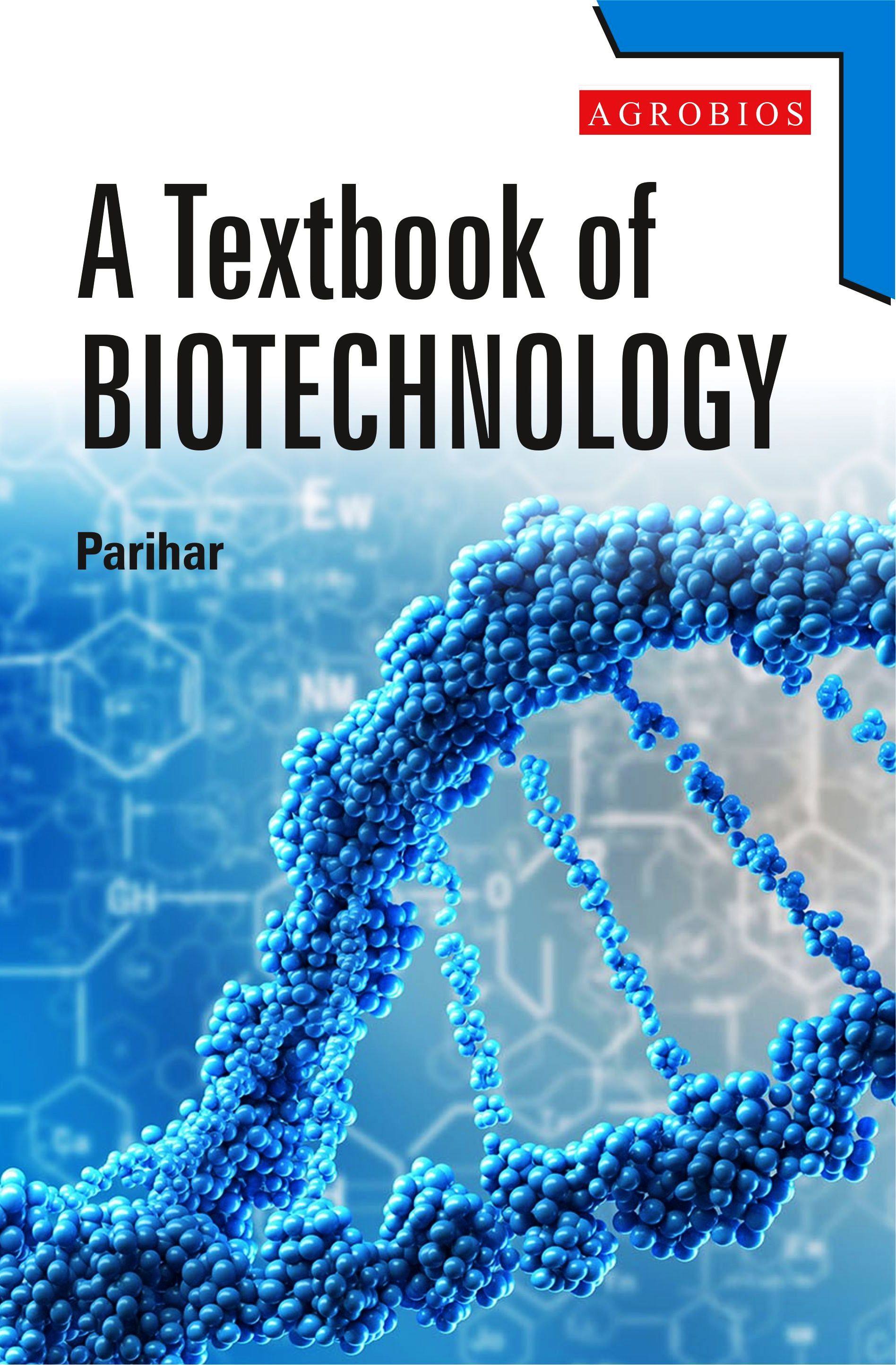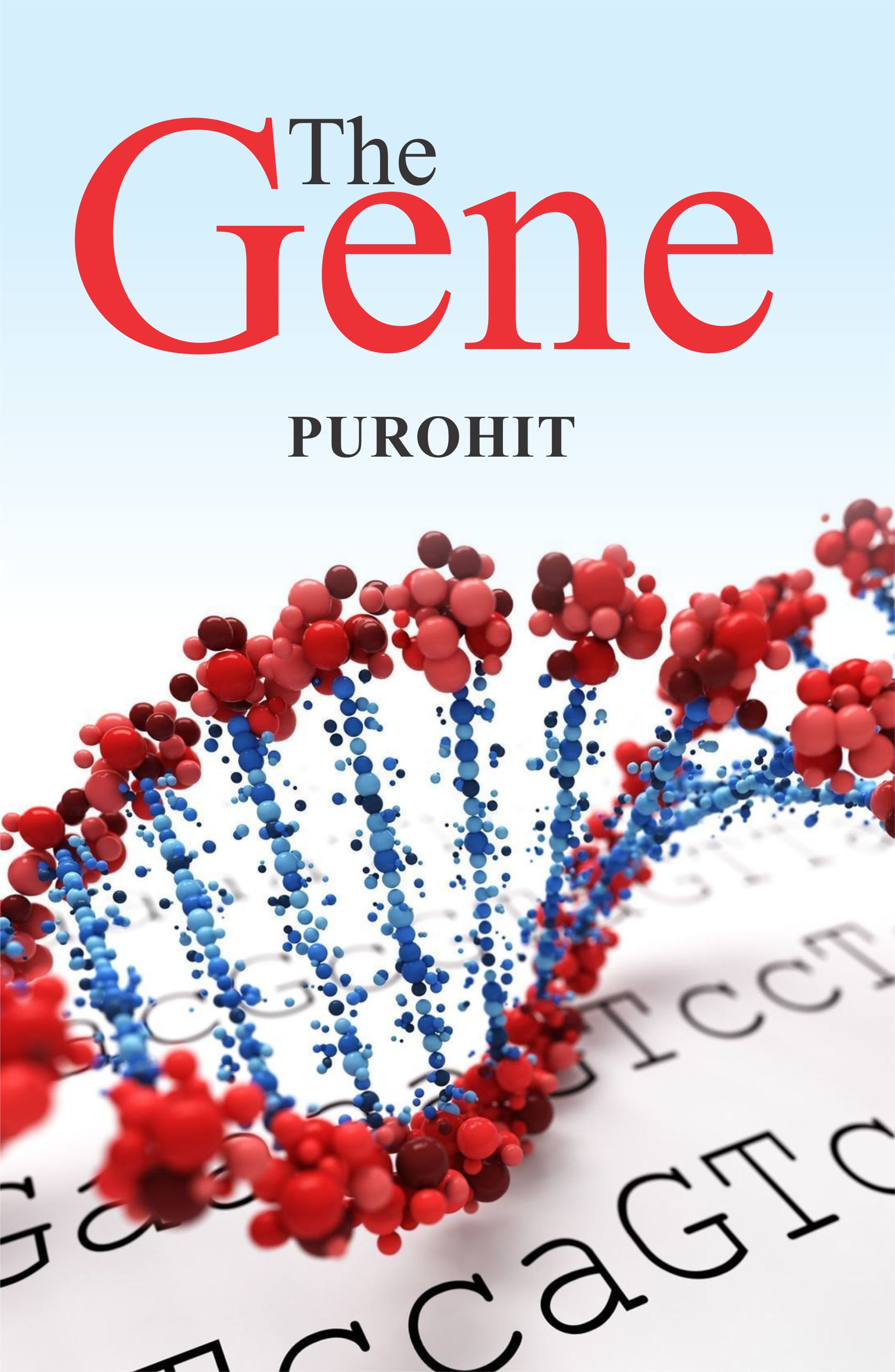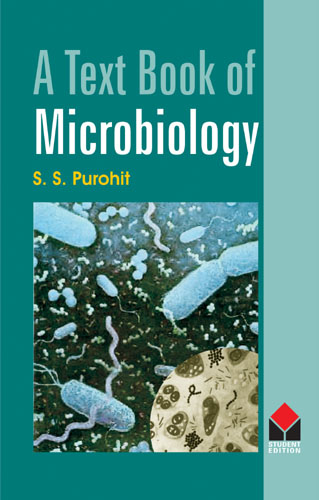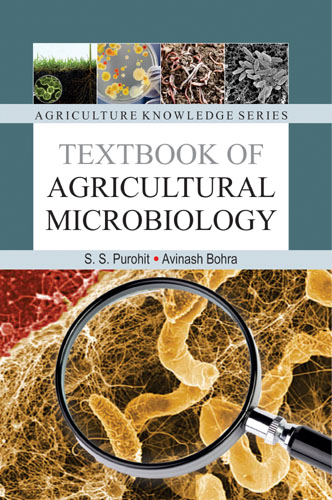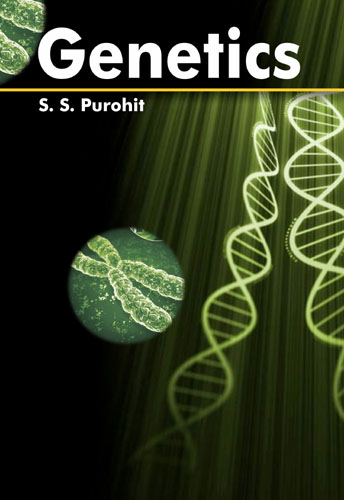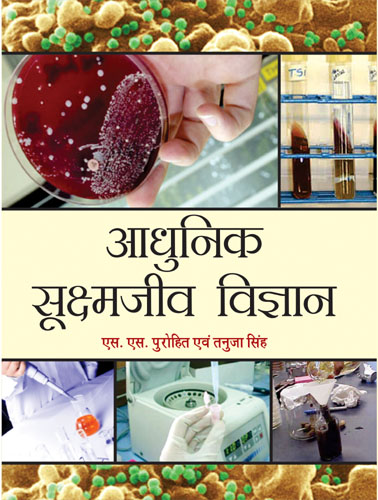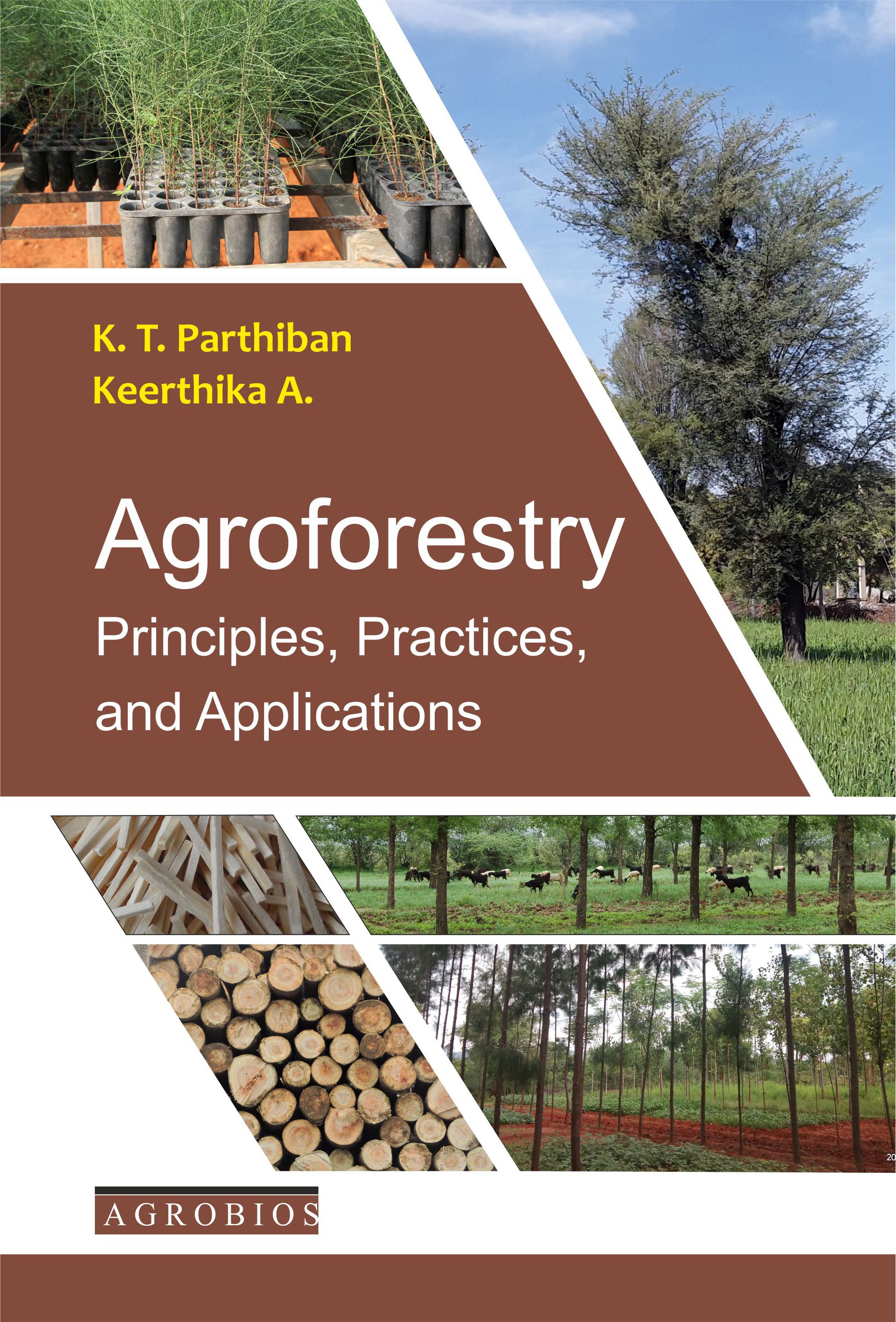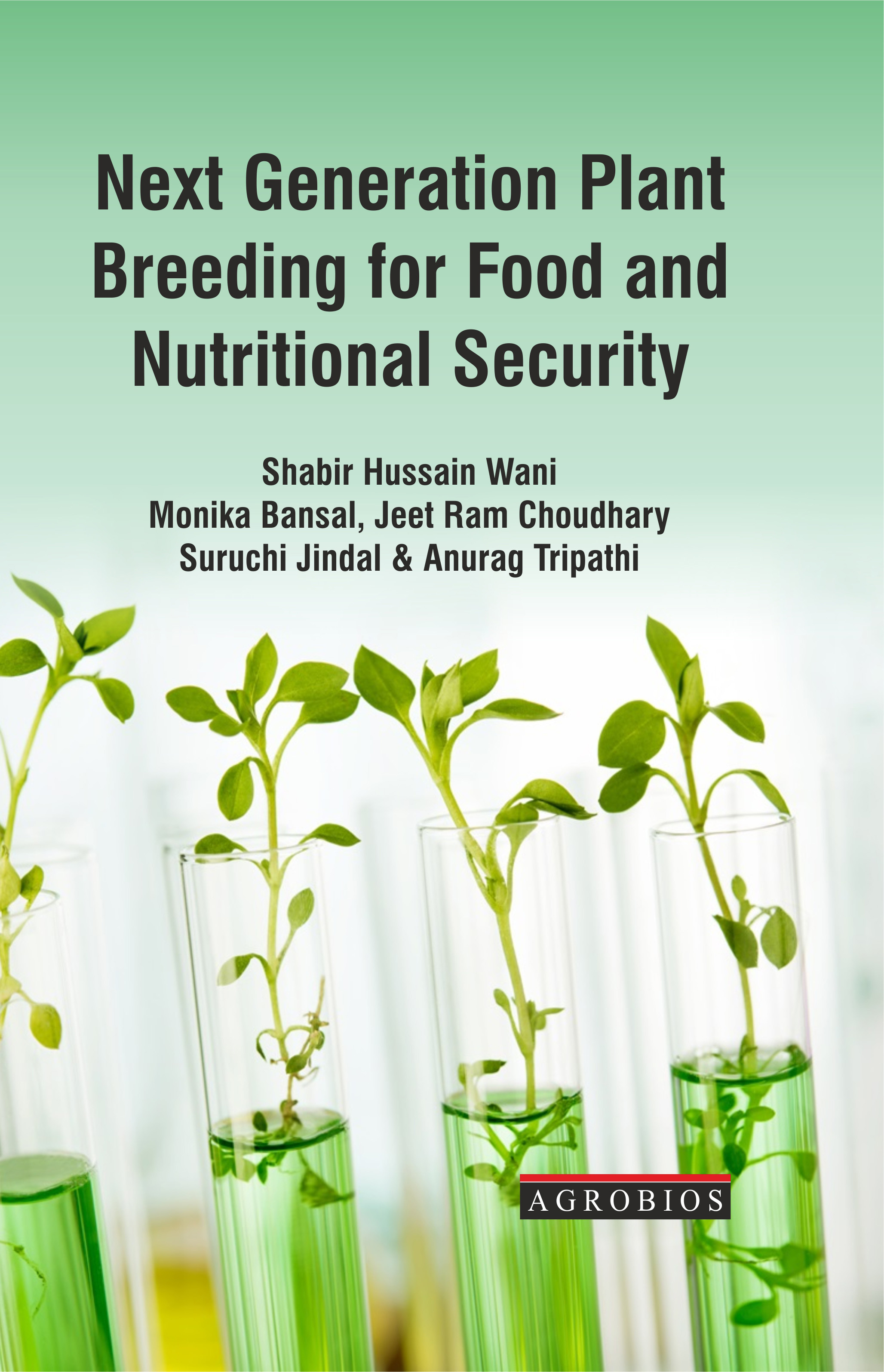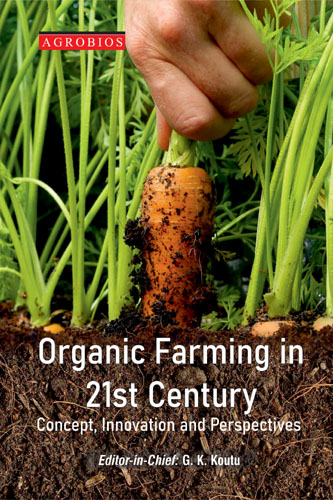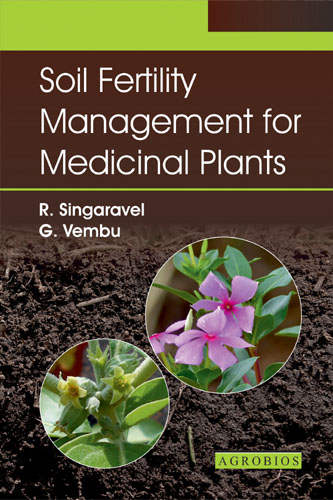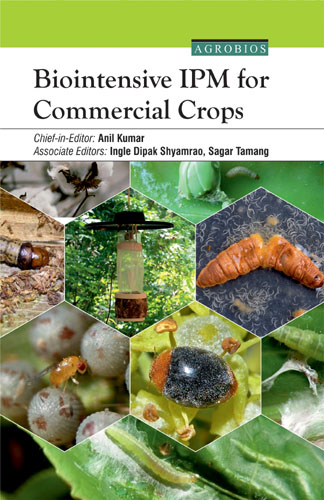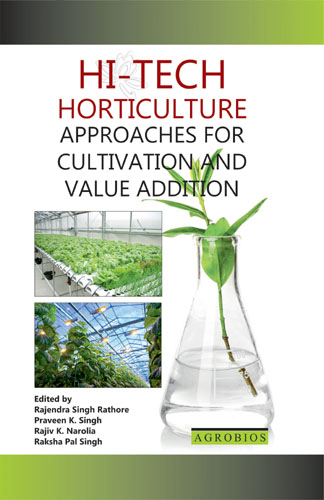Advances In Agronomy Research 1: Advances In Sunflower (helianthus Annus L.)
Sunflower (Helianthus annuus L.) is one of the few crop species that originated in North America (most originated in the fertile crescent, Asia or South or Central America). It was probably a camp follower of several of the western native American tribes who domesticated the crop (possibly 1000 BC) and then carried it eastward and southward of North America. The first Europeans observed sunflower cultivated in many places from southern Canada to Mexico.
Sunflower was probably first introduced to Europe through Spain, and spread through Europe as a curiosity until it reached Russia where it was readily adapted. Selection for high oil in Russia began in 1860 and was largely responsible for increasing oil content from 28% to almost 50%. The high-oil lines from Russia were reintroduced into the U.S. after World War II, which rekindled interest in the crop. However, it was the discovery of the male-sterile and restorer gene system that made hybrids feasible and increased commercial interest in the crop. Production of sunflowers subsequently rose dramatically in the Great Plains states as marketers found new niches for the seeds as an oil crop, a birdseed crop, and as a human snack food. Production in these regions in the 1980s has declined mostly because of low prices, but also due to disease, insect and bird problems. Sunflower acreage is now moving westward into dryer regions; however, 85% of the North American sunflower seed is still produced in North and South Dakota and Minnesota.
The present book Research Advances in Sunflower
includes articles related to various aspects of sunflower like Germination and
seedling establishment, Growth and development and productivity in sunflower, Physiological
basis of crop growth and productivity, Cultural practices, Sunflower: an
encounter with biotic factors that causes yield loss, Research advances in
sunflower breeding, Food and oil science technology in sunflower, Sunflower
biochemistry and biophysics and Biotechnology and molecular biology of
sunflower.
The authors for different topics of this volume
were chosen based on their expertise in the subject. They have their credit for
active engagement in research with strong record of publications too. They are
highly competent to synthesize a complete contemporary review of the relevant
areas. The conviction was to produce a complete, wide ranging review of the
topic with the help of their involvement and interest in the subject of course,
without any compromise.
The arrangement of the chapters is aimed to describe
first the fundamental and basic issues of sunflower. After anchoring the reader's
interest convincingly, care is taken to navigate his interest into the applied
aspects of the science and help him to obtain a wide yet deep knowledge about
the subject.
This book is self-reliant record, since all the salient features are extensively covered in an elaborate and self-explanatory manner. This book as a treasured record for students of Seed Technology, Agriculture, Botany and Life sciences, not to speak of the scientists, and the academicians.
Maiti RK
555- Seed Physical Characteristics and Chemical Composition of Sunflower
- Germination and Seedling Establishment
- Growth, Development and Productivity in Sunflower
- Physiological Basis of Crop Growth and Productivity
- Cultural Practices
- Sunflower: An Encounter with Biotic Factors That Causes Yield Loss
- Research Advances in Sunflower Breeding
- Food and Oil Science Technology in Sunflower
- Sunflower Biochemistry and Biophysics
- Biotechnology and Molecular Biology of Sunflower
- Subject Index
Book Details
Advances In Agronomy Research 1: Advances In Sunflower (helianthus Annus L.)
TEXT-CUM-REFERENCES BOOK
536
29
29
AMERICAN ROYAL (6X9)
1000 Gms
All Rights Reserved
AGROBIOS (INTERNATIONAL)
PG STUDENTS | SCIENTISTS AND RESEARCHERS |
Agronomy , Botany , Horticulture , Plant Breeding And Genetics , Plant Pathology , Seed Science And Technology ,





